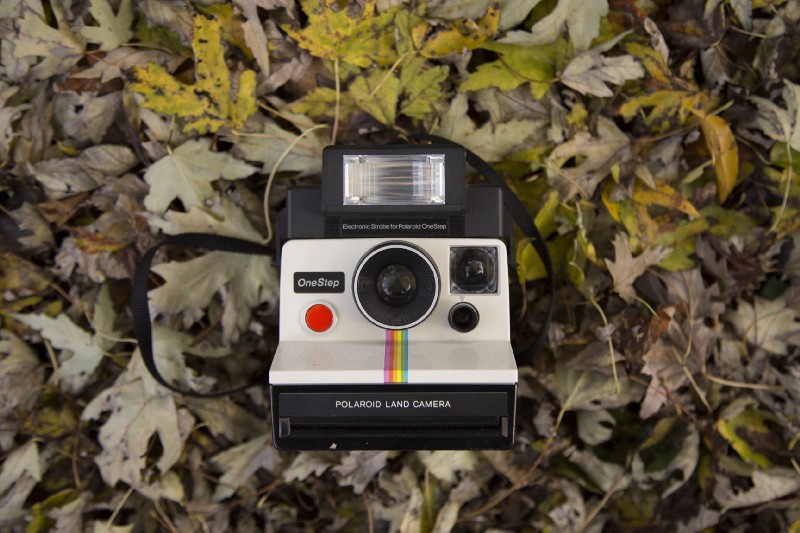How to automatically add a shadow to your screenshots on macOS
OK, I know, this might sound quite a peculiar topic at first but maybe you can get some interesting tips from the whole story.

So I work with Confluence and since Atlassian is continuously improving their product removing useful features, we need to adapt and find workarounds; one feature that I am missing the most is the ability to drop a shadow behind an image that you can put on a Confluence page. This was particularly useful, ça va sans dire, to increase the contrast in case your image had a white background.
I write a lot of Guides and How-To for our internal products and procedures, which means that most, if not all the images I use in Confluence are screenshots (I use macOS, so Shift+Cmd+4 is my best friend).
So the problem I wanted to solve was: “In macOS, how can I automatically add a shadow to a screenshot image right after having taken it?”.
Note: This is all bash scripting and command line interface magic, so if you aren’t comfortable with the terminal this guide is not for you, sorry.
- First of all you need ImageMagick installed (it should be just a
brew update && brew install imagemagickaway, if you haven’t it already; try executingconvertto check) - Then you need a script which takes an image and updates it, creating another file with the added shadow. I made mine a bit fancy, so I prefer if you can take it from this gist instead of just copying it here in full (you have to customize it a bit since I left my directory names in there).
Warning! Keep in mind that I changed my default screenshot directory to
~/Screenshots(not necessary for this task, but it’s better to not have a script running on what you put on your Desktop — default place for screenshots!)
- Now you need to tell your system that once you take a screenshot, you have to run the script you created in (2). You have to write a “plist” file and put it in your
~/Library/LaunchAgentsdirectory. You can find the one I use in this other gist. I named ituser.screenshot.drop_shadow.plist4. Finally you have to activate the “plist” file using thelaunchctlcommand:launchctl load path/to/your/file.plist
And now, when I take a screenshot after around 5 seconds I got also a version with an added shadow.
Additional tips
- The script you write is ran without a
$PATHset, so you must use full path name of any installed binary you want to use - The script is technically ran when the directory specified in the .plist file changes, so also when a new file is added to it (using WatchPaths). The problem is that the script doesn’t receive any additional information, so you need to find what changed by yourself: I simply use the newest file in the directory with a name that starts with “Screenshot”
- If you want to stop the .plist to monitor your directory, don’t forget to
unloadit using thelaunchctlcommand, the same way you loaded it - The bash script I linked can also be used as a simple way to add a shadow to any image you want, and can be run manually as you wish
I am on BlueSky (@caludio.social).
Written on May 29, 2020 by Claudio Cicali.
Originally published on Medium